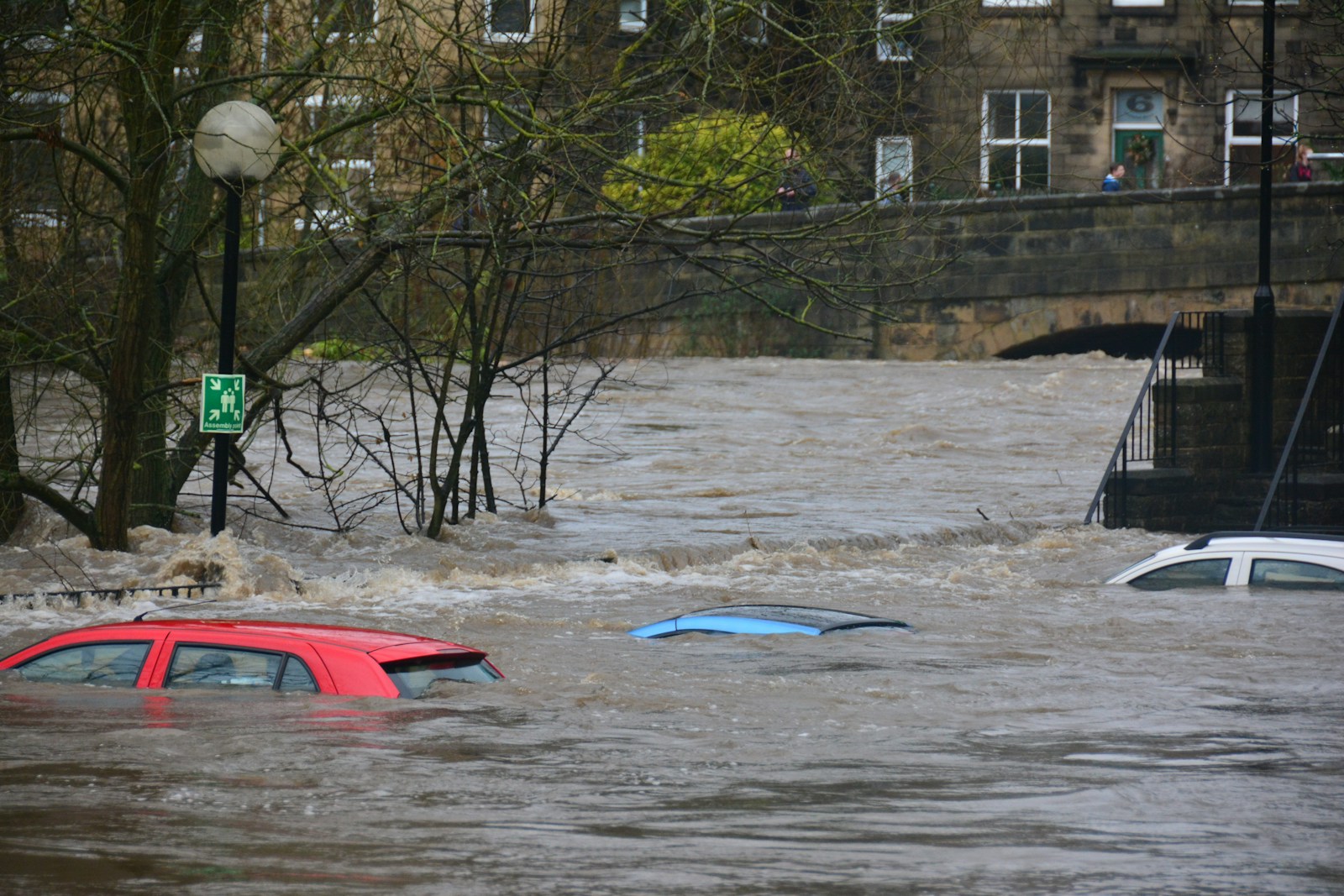Satellite observations reveal humanity’s fingerprint on freshwater distribution is now detectable from space—with droughts and floods intensifying faster than models predicted.
Key Points at a Glance:
- NASA’s GRACE-FO satellites detected a 10x acceleration in freshwater redistribution since 2000 compared to pre-industrial rates.
- 63% of the world’s largest aquifers are being drained faster than rainfall can replenish them, threatening 2 billion people’s water security.
- Agricultural pumping and dam construction now influence river flows more than natural climate cycles like El Niño.
- Evaporation patterns have shifted poleward, expanding arid zones by 4% per decade—equivalent to losing a Lake Superior-sized water reserve annually.
When NASA launched the GRACE-FO satellites in 2018, scientists anticipated subtle insights into Earth’s water movements. Instead, the data painted a stark portrait of human dominance over the planet’s hydrological heartbeat. By tracking gravitational shifts caused by water mass changes, the mission uncovered a destabilizing truth: humanity now moves more freshwater annually than all the world’s rivers combined.
The numbers are staggering. Each year, irrigation pumps extract 2,700 cubic kilometers of groundwater—enough to bury Texas under 15 feet of water. Meanwhile, mega-dams like China’s Three Gorges withhold 10% of the global sediment supply, starving deltas like the Mekong of nutrients. “We’ve become a geological force,” says Dr. Himanshu Save, lead author of a NASA-ISI study published in Nature Water. “The water cycle’s natural tempo is being overwritten by human rhythms.”
Agriculture’s Hidden Toll
Cornfields in Kansas now influence rainfall in Kazakhstan. As groundwater pumping lowers water tables, reduced evaporation alters downwind precipitation. GRACE-FO data links the draining of California’s Central Valley aquifer to a 15% decline in Midwest summer humidity since 2010. Rice paddies in Punjab, designed to conserve water, paradoxically accelerate loss—their flooded fields increase evaporation by 40% compared to drip-irrigated crops.
The Dam Effect
Reservoirs now hold 700% more water than natural lakes, creating artificial evaporation hotspots. Lake Mead alone loses 1.1 billion cubic meters yearly—enough to supply 3 million households. This atmospheric moisture migrates, intensifying downpour cycles. NASA’s IMERG rainfall data shows areas downstream of mega-dams experience 25% more extreme rain events than global averages.
Climate Feedback Loops
As aquifers deplete, soil loses its thermal buffer. GRACE-FO’s microwave sensors reveal that drained agricultural regions like India’s Punjab now heat 1.2°C faster than surrounding areas, exacerbating water loss. This creates a vicious cycle: every 1°C rise reduces monsoon predictability by 8%, forcing farmers to pump more groundwater.
Yet there’s cautious hope. In Israel, satellite-guided irrigation boosted water efficiency by 30% while maintaining yields. California’s 2023 groundwater law, informed by NASA data, aims to balance extraction with recharge by 2040. “Space tech gives us the dashboard we need to manage water wisely,” says Save. “But the steering wheel remains in human hands.”
